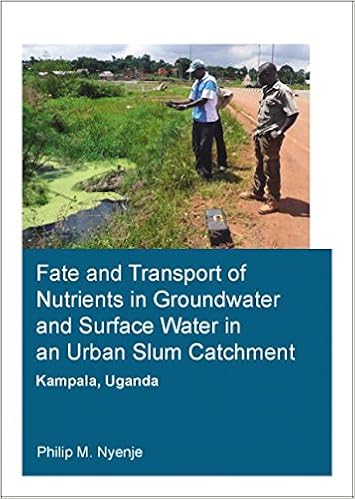
By Scott McQuire
Providing social remark on the inner most degrees of ancient and demanding reference, The Media urban hyperlinks Myspace to Howard Hughes; trams to cinema; protection cameras to exploding structures; truth television to Marx; and Lenin on privateness to Kracauer at the mass decoration. Wide-ranging and richly illustrated, it intersects disciplines and connects phenomena that are too usually left remoted from one another to suggest a brand new manner of realizing private and non-private house and social existence in modern cities.
Read Online or Download The Media City: Media, Architecture and Urban Space (Published in association with Theory, Culture & Society) PDF
Best urban books
The tiny kingdom of Kuwait grabbed the world's realization throughout the Gulf warfare, within which its average petroleum source turned the envy of its neighboring state of Iraq. yet Kuwait's historical past is going again lengthy earlier than any oil was once found, again to Mesopotamian settlements as early as 3000 BCE. perfect for top university scholars in addition to normal readers, background of Kuwait deals a accomplished examine how this sort of small nation may possibly, primarily, rule the realm with only one common source.
Shanghai and the Edges of Empires
Even prior to the romanticized golden period of Shanghai within the Thirties, the famed Asian urban was once awesome for its distinctiveness and East-meets-West cosmopolitanism. Meng Yue analyzes a century-long shift of urbanity from China’s heartland to its shore. throughout the interval among the decline of Jiangnan towns similar to Suzhou and Yangzhou and Shanghai’s early twentieth-century upward push, the overlapping cultural edges of a failing chinese language royal order and the encroachment of Western imperialists converged.
With the arrival of AIDS, the proliferation of gangs and medication, and the uneasy sensation that giant Brother is absolutely staring at us, the darkish facet of city dwelling seems overshadowing the brighter aspect of enjoyment, liberation, and chance. The Urbanization of Injustice chronicles those bleak city photographs, whereas taking to job exclusivist politics, globalization idea, and superficial environmentalism.
City casual settlements or slums are turning out to be speedily in towns in sub-Saharan Africa. typically, a sewer approach isn't really current and the commonly-used inexpensive onsite wastewater dealing with practices, as a rule pit latrines, are often unplanned, out of control and inefficient. hence, so much families eliminate their untreated or in part taken care of wastewater on-site, producing excessive a great deal of foodstuff to groundwater and streams draining those components.
- Urban Dreams and Realities in Antiquity: Remains and Representations of the Ancient City
- China's New Urbanization Strategy
- Markets of Dispossession: NGOs, Economic Development, and the State in Cairo (Politics, History, and Culture)
- The Unknown Urban Realm: Methodology and Results of a Content Analysis of the Papers presented at the Congress “Citizen and City in the Year 2000”
Additional info for The Media City: Media, Architecture and Urban Space (Published in association with Theory, Culture & Society)
Example text
At the same time, twice as many suburban workers commuted to another suburb rather than to the city centre. ’ In his landmark essay, ‘The Overexposed City’, Paul Virilio (1991: 12) underlined the role of transport and communication technologies in this transformation: The phrase ‘to go into town’, which replaced the nineteenth century’s ‘to go to town’, indicates the uncertainty of the encounter, as if we could no longer stand before the city but rather abide forever within. If the metropolis is still a place, a geographic site, it no longer has anything to do with the classic oppositions of city/country nor centre/periphery.
Sassen (1991) points out that face-to-face contacts continue to play a vital role in business, buttressing the emergence of ‘global cities’ which exercise command and control functions in the global economy. However, core city prosperity rests on a much narrower base than previously, with declining retailing dominance and loss of corporate employment to dispersed ‘back-offices’ providing outsourced functions such as computing and call centres. Instead, the traditional ‘city centre’ is increasingly defined by its role housing major cultural institutions such as museums, concert halls and art galleries.
While technological limitations played a significant role in effectively editing people out of the city, there were other reasons that early photographers tended to avoid the street. Frontal elevations, which were the most common form of architectural photography into the 1850s, were usually taken from above street level. In a practical sense, this positioning helped to 32 The Territory of Images overcome the problem of converging vertical lines, enabling camera images to conform more closely to the established conventions of orthographic projection.



